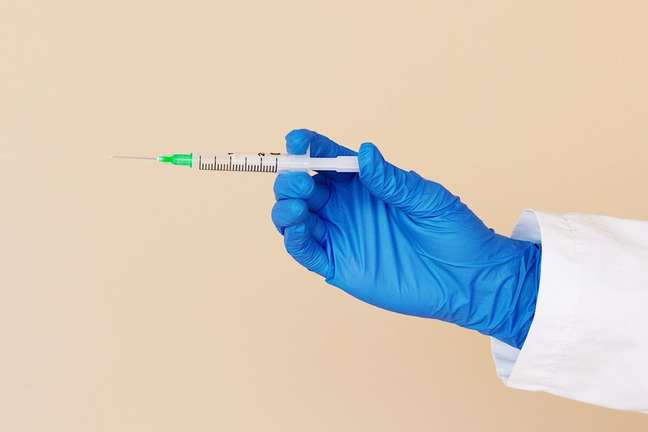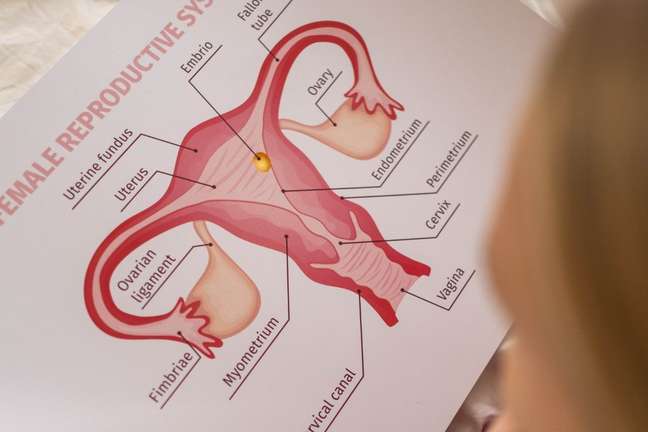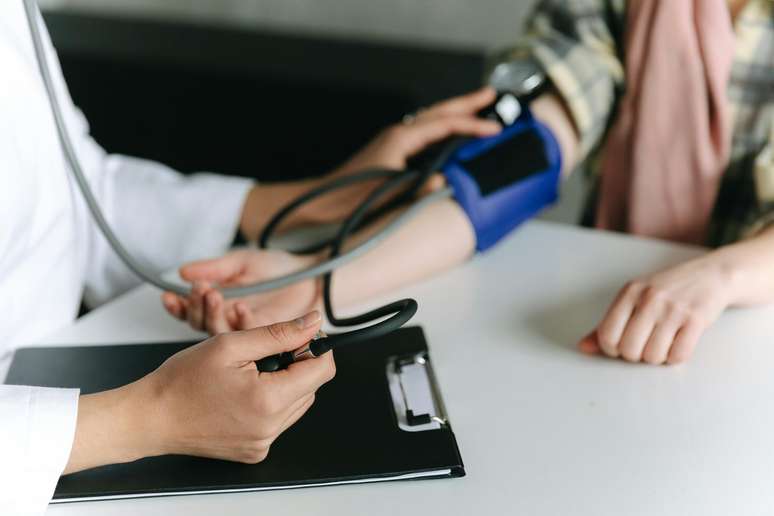According to INCA, this is the third most common type of cancer among women.
The Pink October campaign aims to raise awareness of breast cancer and recently started talking about cervical cancer in its initiative, emphasizing the importance of early detection and prevention.

According to data from the National Cancer Institute (INCA) annual report, cervical cancer is the third most common type of cancer among women, with an estimated 16,710 new cases in 2022.
Cervical cancer is a malignant tumor that develops in the part of the uterus that is at the bottom of the vaginal canal. “This cancer is one of the most common cancers in gynecology,” emphasizes Mauricio Abrão, gynecologist, professor of gynecology at FMUSP and president of the American Association of Laparoscopic Gynecology (AAGL).
“The main cause is infection with subtypes of the HPV virus and the transformation of normal cells into cancer cells as a result of the gradual action of the virus,” emphasizes João Siufi Neto, cancer surgeon at the Women’s Medicine Clinic.
PREVENTION

According to the doctor, the HPV virus is a carcinogen, because, once infected with it, the normal cells of the uterine cervix can undergo mutations which, if not identified and fought by the body’s defense system, can cause the formation of a malignant tumor in the cervix. “The virus subtypes with the greatest carcinogenic action are 16 and 18,” he informs.
Therefore, the HPV vaccine is essential in the prevention of cervical cancer. “The HPV vaccine encompasses the major subtypes that cause cervical cancer and has represented a major advance in disease prevention. The expectation in countries with high vaccination coverage is that the disease will cease to be a major public health problem in the coming years. 20 years. Years “, underlines the expert.
In addition to the HPV vaccine, other attitudes are essential to prevent the disease, such as annual preventive examinations.
“Prevention requires two main actions: responsible behavior and HPV vaccination. In addition, it is important to emphasize that every woman who has initiated sexual activity needs annual preventive examinations, so that precancerous lesions can be identified and treated, giving the chance of 100% cure, “he says.
“The main risk factor is exposure to the HPV virus. Furthermore, sexual exposure to multiple partners is a relevant factor nowadays, as such behavior greatly increases the chances of HPV contamination. Smoking can also be considered a risk factor for the disease, “adds Dr. Joao.
SYMPTOMS
Especially in the first cases, Dr. João Siufi Neto reports that the tumor shows no symptoms. However, some aspects must be observed by women.
“Women need to be aware of abnormal bleeding, pain during intercourse, pelvic pain and abnormal vaginal discharge. In advanced cases, the above symptoms are usually proportionally more intense,” she says.
EARLY DIAGNOSIS

To identify the tumor, suspicious lesions are biopsies that may be noticed during routine gynecological examination. However, other tests can help with the diagnosis. “There could be the help of complementary examinations such as colposcopy, which makes it possible to identify lesions that are not macroscopically visible”, underlines the gynecological surgeon.
As for the chances of recovery, the doctor clarifies that they vary according to the stage at which the disease is identified. For this reason, early detection is important in fighting cervical cancer.
“The chances of recovery vary according to the stage at which the disease is identified. Initial cases have a cure rate of over 90%,” he says. “When the disease is identified in an advanced stage and without the possibility of surgery, the chances of recovery decrease, but it all depends on careful evaluation through clinical examination and imaging tests,” she adds.
“Early diagnosis is important, because, with the now routine prevention tests, it is possible to detect the cancer that is still on the way”, concludes Dr. Maurizio Abramo.
+The best content in your email for free. Choose your favorite Earth Newsletter. Click here!
Source: Terra
Benjamin Smith is a fashion journalist and author at Gossipify, known for his coverage of the latest fashion trends and industry insights. He writes about clothing, shoes, accessories, and runway shows, providing in-depth analysis and unique perspectives. He’s respected for his ability to spot emerging designers and trends, and for providing practical fashion advice to readers.


-sl6oy2p06omu.png)




![Such a great sun in advance: Elizabeth’s Terrible Accidental Victims … which Waiting for You Week until August 25, 2025 [SPOILERS] Such a great sun in advance: Elizabeth’s Terrible Accidental Victims … which Waiting for You Week until August 25, 2025 [SPOILERS]](https://fr.web.img6.acsta.net/img/d0/c4/d0c4d9256b5997c98008a65d7a43177e.jpg)
